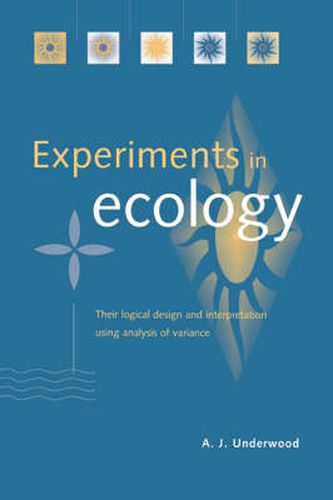Readings Newsletter
Become a Readings Member to make your shopping experience even easier.
Sign in or sign up for free!
You’re not far away from qualifying for FREE standard shipping within Australia
You’ve qualified for FREE standard shipping within Australia
The cart is loading…






Ecological theories and hypotheses are usually complex because of natural variability in space and time, which often makes the design of experiments difficult. This book describes how to design ecological experiments from a statistical basis using analysis of variance, so reliable conclusions can be drawn. The logical procedures that lead to a need for experiments are described, followed by an introduction to simple statistical tests. This leads to a detailed account of analysis of variance, looking at procedures, assumptions, and problems. One-factor analysis is extended to nested (hierarchical) designs and factorial analysis. Finally, some regression methods for examining relationships between variables are covered. Examples of ecological experiments are used throughout to illustrate the procedures and examine problems. This book will be invaluable to practicing ecologists as well as advanced students involved in experimental design.
$9.00 standard shipping within Australia
FREE standard shipping within Australia for orders over $100.00
Express & International shipping calculated at checkout
Ecological theories and hypotheses are usually complex because of natural variability in space and time, which often makes the design of experiments difficult. This book describes how to design ecological experiments from a statistical basis using analysis of variance, so reliable conclusions can be drawn. The logical procedures that lead to a need for experiments are described, followed by an introduction to simple statistical tests. This leads to a detailed account of analysis of variance, looking at procedures, assumptions, and problems. One-factor analysis is extended to nested (hierarchical) designs and factorial analysis. Finally, some regression methods for examining relationships between variables are covered. Examples of ecological experiments are used throughout to illustrate the procedures and examine problems. This book will be invaluable to practicing ecologists as well as advanced students involved in experimental design.